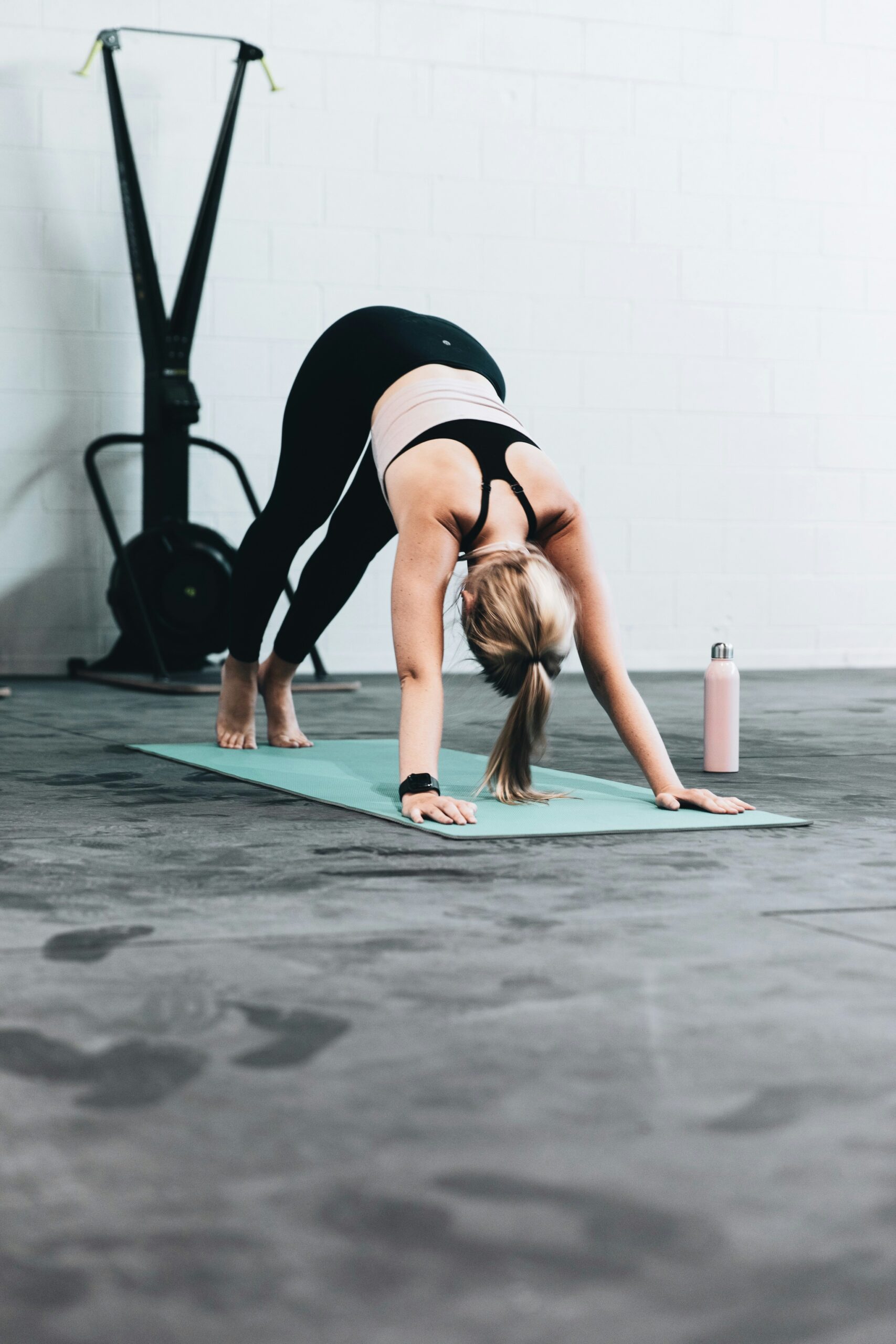
Best exercises for lower back pain relief
Lower back pain is a common issue that affects millions of people worldwide. Whether it stems from a sedentary lifestyle, poor posture, or strenuous activity, the discomfort can significantly impact one’s quality of life. Fortunately, incorporating specific exercises into your routine can help alleviate and prevent lower back pain. This article explores some of the best exercises for lower back pain relief, focusing on their benefits and how to perform them correctly.
Understanding Lower Back Pain
Before diving into the exercises, it’s important to understand the common causes of lower back pain. These include:
- Muscle Strain: Overuse or improper use of the back muscles can lead to strains and discomfort.
- Herniated Discs: Discs that act as cushions between the vertebrae can become displaced, causing pain.
- Degenerative Disc Disease: With age, the discs lose hydration and flexibility, leading to pain.
- Sciatica: Compression of the sciatic nerve can cause pain that radiates from the lower back down to the legs.
- Poor Posture: Slouching or sitting improperly for long periods can strain the lower back.
Benefits of Exercising for Lower Back Pain
Regular exercise can provide numerous benefits for those suffering from lower back pain:
- Strengthening Muscles: Building strong core and back muscles provides better support for the spine.
- Improving Flexibility: Stretching exercises enhance flexibility, reducing tension and improving range of motion.
- Enhancing Posture: Proper exercises can correct posture and reduce the risk of pain recurrence.
- Promoting Healing: Exercise increases blood flow, which can accelerate the healing process.
- Releasing Endorphins: Physical activity releases endorphins, which act as natural painkillers.
Best Exercises for Lower Back Pain Relief
Here are some effective exercises to help alleviate lower back pain:
1. Cat-Cow Stretch
How to Perform:
- Start on your hands and knees in a tabletop position.
- Inhale, arch your back, and lift your head and tailbone toward the ceiling (Cow Pose).
- Exhale, round your back, and tuck your chin to your chest, drawing your belly button toward your spine (Cat Pose).
- Repeat for 10-15 repetitions, moving slowly and smoothly between the two poses.
Benefits: This exercise helps increase flexibility in the spine and stretches the muscles of the lower back.
2. Child’s Pose
How to Perform:
- Kneel on the floor with your big toes touching and knees spread apart.
- Sit back on your heels and extend your arms forward, lowering your torso between your thighs.
- Rest your forehead on the ground and hold the position for 30 seconds to 1 minute.
Benefits: Child’s Pose gently stretches the lower back, hips, and thighs, providing relief from tension and stress.

3. Pelvic Tilts
How to Perform:
- Lie on your back with your knees bent and feet flat on the floor.
- Flatten your lower back against the floor by tightening your abdominal muscles and tilting your pelvis slightly upward.
- Hold for 5 seconds, then relax.
- Repeat for 10-15 repetitions.
Benefits: Pelvic tilts strengthen the abdominal muscles and improve the stability of the lower back.
4. Bridges
How to Perform:
- Lie on your back with your knees bent and feet flat on the floor.
- Lift your hips toward the ceiling, creating a straight line from your shoulders to your knees.
- Hold the position for a few seconds before lowering your hips back to the floor.
- Repeat for 10-15 repetitions.
Benefits: Bridges strengthen the glutes, hamstrings, and lower back muscles, providing better support for the spine.
5. Knee-to-Chest Stretch
How to Perform:
- Lie on your back with your knees bent and feet flat on the floor.
- Bring one knee toward your chest, holding it with both hands.
- Hold the stretch for 20-30 seconds, then switch legs.
- Repeat 2-3 times on each side.
Benefits: This stretch helps relieve tension in the lower back and improves flexibility in the hips and lower spine.
6. Seated Forward Bend
How to Perform:
- Sit on the floor with your legs extended straight in front of you.
- Inhale and lengthen your spine, then exhale and lean forward, reaching for your toes.
- Hold the position for 20-30 seconds, then slowly return to the starting position.
Benefits: This stretch elongates the lower back and hamstrings, reducing tightness and discomfort.
7. Bird Dog
How to Perform:
- Start on your hands and knees in a tabletop position.
- Extend your right arm forward and your left leg back, keeping your back flat and stable.
- Hold for a few seconds, then return to the starting position.
- Repeat on the opposite side.
- Perform 10-15 repetitions on each side.
Benefits: The Bird Dog exercise strengthens the core, lower back, and glutes, improving overall stability.
8. Piriformis Stretch
How to Perform:
- Lie on your back with your knees bent and feet flat on the floor.
- Cross your right ankle over your left knee.
- Hold the back of your left thigh and gently pull it toward your chest.
- Hold the stretch for 20-30 seconds, then switch legs.
- Repeat 2-3 times on each side.
Benefits: This stretch targets the piriformis muscle, which can contribute to lower back pain when tight.
Incorporating Exercise into Your Routine
To effectively manage lower back pain, it’s important to incorporate these exercises into your regular routine. Here are some tips for doing so:
- Start Slowly: If you’re new to exercise or experiencing severe pain, start with gentle stretches and gradually increase the intensity and duration.
- Consistency is Key: Aim to perform these exercises at least three times a week for optimal results.
- Listen to Your Body: Pay attention to how your body responds to each exercise. If you experience increased pain, stop and consult a healthcare professional.
- Combine with Other Activities: Incorporate these exercises into a balanced fitness routine that includes cardiovascular exercise, strength training, and flexibility work.
Additional Tips for Lower Back Pain Relief
In addition to regular exercise, consider the following strategies for managing lower back pain:
- Maintain Good Posture: Be mindful of your posture when sitting, standing, and lifting objects. Use ergonomic furniture and avoid slouching.
- Stay Active: Avoid prolonged periods of inactivity. Take breaks to stand, stretch, and move around, especially if you have a sedentary job.
- Apply Heat or Cold: Use a heating pad or ice pack to reduce inflammation and alleviate pain.
- Maintain a Healthy Weight: Excess weight can strain the lower back. Aim to maintain a healthy weight through a balanced diet and regular exercise.
- Seek Professional Help: If your pain persists or worsens, consult a healthcare professional such as a physical therapist or chiropractor for personalized treatment.

Conclusion
Lower back pain can be debilitating, but incorporating the right exercises into your routine can provide significant relief. The exercises outlined in this article focus on strengthening and stretching the muscles that support the lower back, improving flexibility, and promoting better posture. By practicing these exercises regularly and following additional tips for lower back pain relief, you can reduce discomfort and enhance your overall quality of life. Remember to start slowly, listen to your body, and seek professional guidance if needed. With dedication and consistency, you can achieve a healthier, pain-free back.




